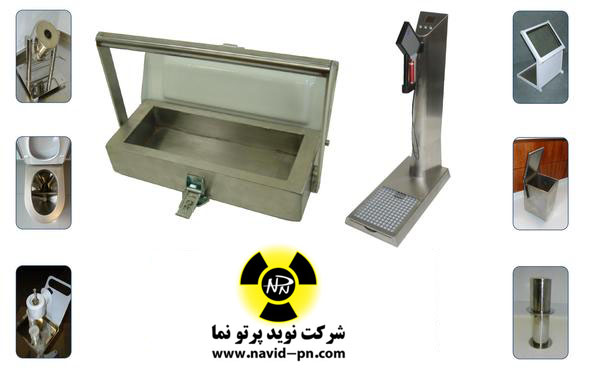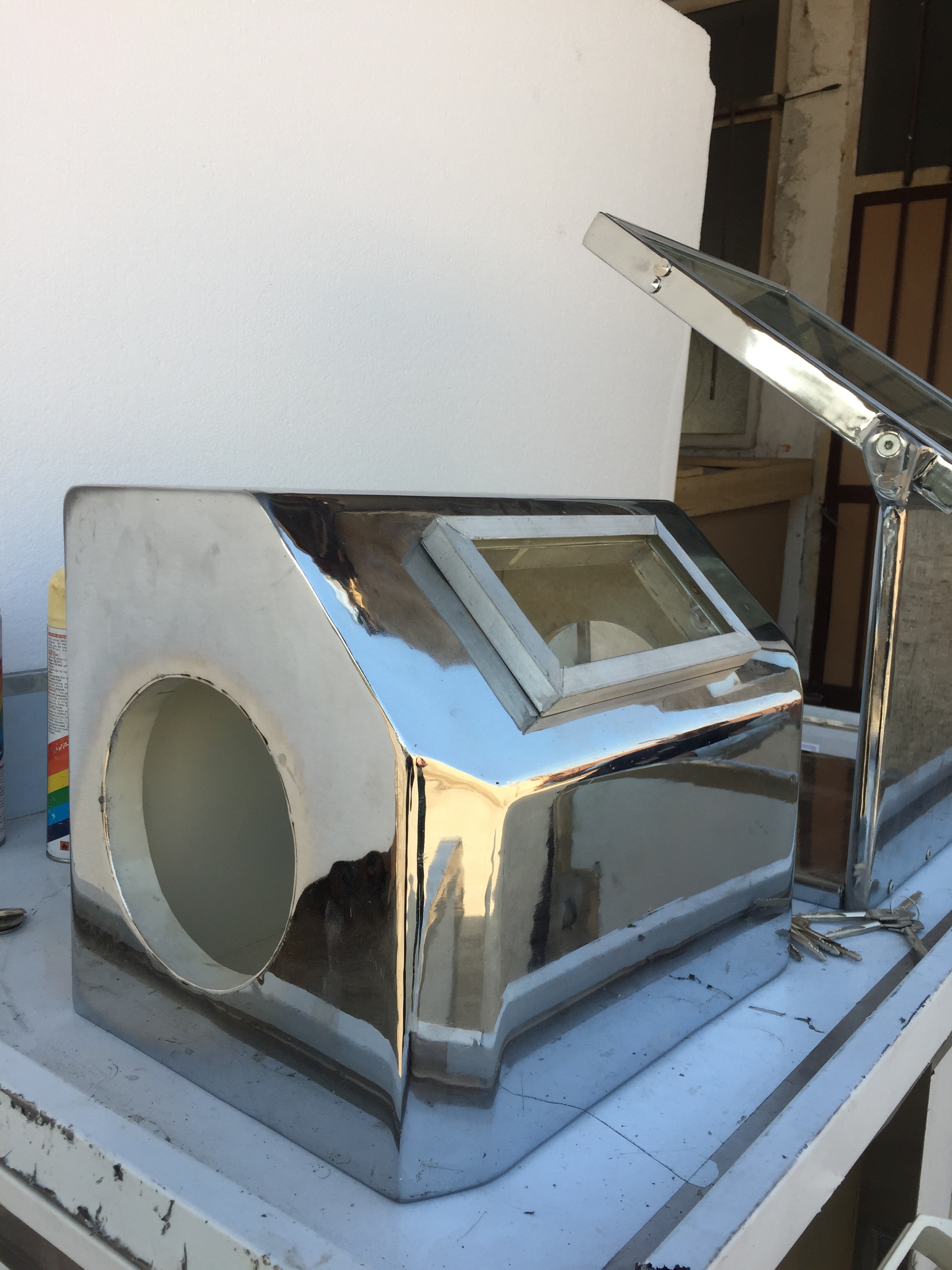Vial ShieldThis Vial Shield is designed to aid in preparation of radiopharmaceuticals that require boiling. Vents are located to minimize scatter leakage, boiling water can circulate freely around the vial, heating the solution rapidly and uniformly. The carrying handle makes it easy to lower and remove the vial from the boiling water bath. |
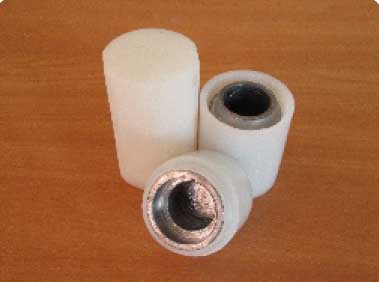 |
Shielded Syringe HolderThis Shielded Syringe Holder will accommodate unshielded syringes and syringes in a syringe shield. The Syringe Holder is constructed of lead shielding, encased in steel. The shielding tapers from .25" - .5" lead. The large diameter base ensures stability. |
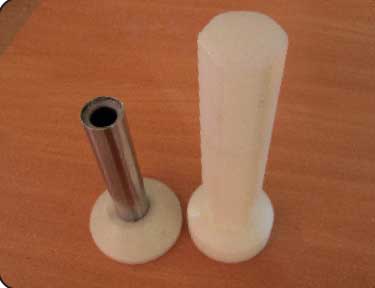 |
Syringe Shield HolderDon't let your syringe shields roll around on the counter. The Syringe Shield Holder offers a means of protecting syringe shields from scratches or misplacement while freeing up extra work space. The Syringe Shield Holder will support up to eight shields and is counterbalanced to prevent tipping. Know exactly where syringe shields are when you need them. |
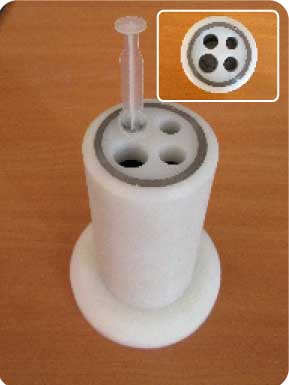 |
L-Block ShieldsRadiation Shielding, Inc. is a leading manufacturer of L-block shields to provide a protected work area when performing quality assurance activities and unit dose preparation of low and high energy radionuclides.
|
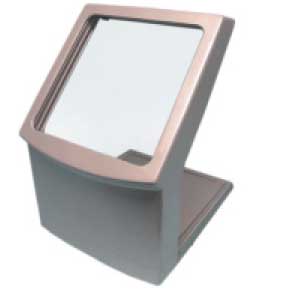 |
Shielded Decay DrumsThe Shielded Decay Drum provides safe handling and storage of radioactive waste material. The drum features a top-loading, handled lid with a 6.5" x 8" drop port. Each drum includes three 30-gallon plastic liners. With two Shielded Decay Drums on hand, a rotation system can be instituted for an even more practical storage and decay process. The optional dolly simplifies transport of the decay drum.
|
 |
Glove Boxes
In a nuclear laboratory, a glove box is a windowed, sealed container equipped with two flexible gloves
that allow the user to manipulate nuclear materials from the outside in an ostensibly safe environment.
As a routine laboratory device, it invites neglect from historians and storytellers of science.
Yet, since especially the Gulf War, glove boxes have put the interdependence of science,
diplomacy, and politics into clear relief. Standing at the intersection of history of science
and international history, technological materials and devices such as the glove box can
provide penetrating insight into the role of international diplomatic organizations to the
global circulation and control of scientific knowledge. The focus here is on the International Atomic Energy Agency.
